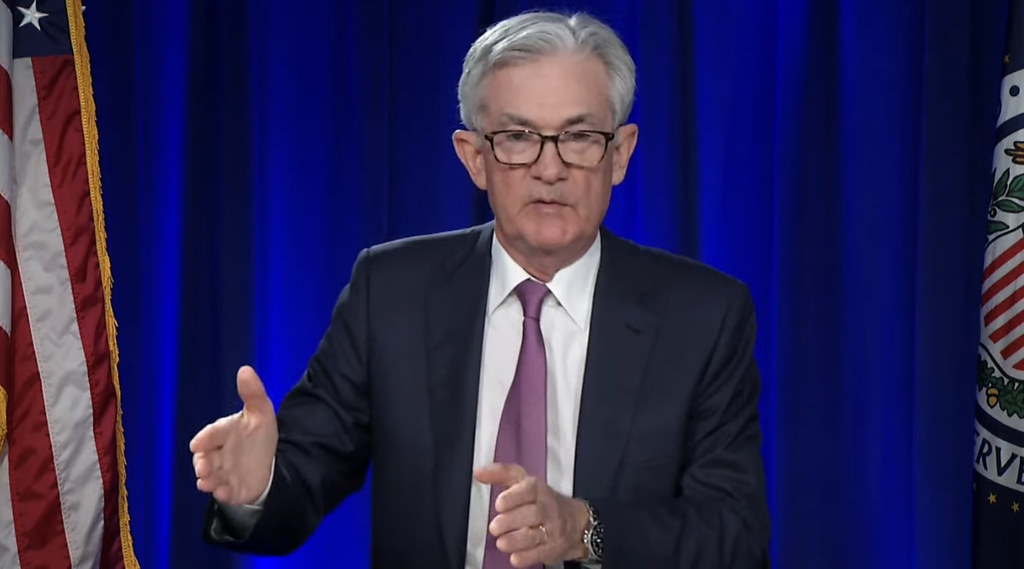
Federal Reserve Chair Jerome Powell suggested on Tuesday that the central bank is nearing the end of its effort to reduce its bond holdings, known as quantitative tightening (QT), while also providing hints that more interest rate cuts are being considered. Powell delivered his remarks on the Fed’s monetary policy at the National Association for Business Economics conference in Philadelphia.
End of Quantitative Tightening in Sight
Powell focused a significant portion of his speech on the Fed’s massive balance sheet, which currently holds over $6 trillion in securities (Treasurys and mortgage-backed securities). He indicated that the Fed is approaching its goal of having “ample” reserves available for banks. While he offered no specific date for when the QT program will cease, he stated that the Fed’s plan is to stop the runoff when reserves are “somewhat above the level we judge consistent with ample reserve conditions.” Powell added, “We may approach that point in coming months, and we are closely monitoring a wide range of indicators to inform this decision.” He noted that stopping the reduction is wise because “some signs have begun to emerge that liquidity conditions are gradually tightening,” which could hinder economic growth if reserves are reduced further. However, he reaffirmed that the Fed has no plans to return the balance sheet to its pre-Covid size, which was closer to $4 trillion.
The Balancing Act on Interest Rates
On the matter of interest rates, Powell was noncommittal about a specific path lower, even though financial markets strongly expect additional cuts. He centered the discussion on the tightening labor market and the risk it poses to the Fed’s dual mandate of stable prices and maximum employment. “If we move too quickly, then we may leave the inflation job unfinished and have to come back later and finish it. If we move too slowly, there may be unnecessary losses, painful losses, in the employment market,” Powell said. He stressed that the “two risks are closer to being in balance” now, especially since data received after the July meeting showed the labor market had softened “pretty considerably.”
Powell noted that the Federal Open Market Committee responded to the situation in September with a quarter percentage point reduction on the federal funds rate. He acknowledged that the data available prior to the ongoing government shutdown—which has hampered the release of key metrics like the nonfarm payrolls report and price indexes—shows that “growth in economic activity may be on a somewhat firmer trajectory than expected.” Powell also noted that the available data shows goods prices have increased, a change he attributed largely to the recent tariffs rather than underlying inflation.
Powell also addressed political concerns, including criticism from congressional leaders like Senator Ted Cruz, who suggested terminating the interest payments the Fed makes on bank reserves. Powell firmly opposed this idea, arguing it would be a mistake. He explained that although the Fed’s net interest income has been temporarily negative due to rapid rate hikes aimed at controlling inflation, the net income will soon turn positive again. He concluded, “If our ability to pay interest on reserves and other liabilities were eliminated, the Fed would lose control over rates.”
Author’s Opinion
The Federal Reserve’s decision to cut interest rates on the belief that President Trump’s aggressive, escalating tariffs will only cause a “transitory” inflationary bump is a dangerously optimistic move that ignores the economic reality of a global trade war. Tariffs, unlike temporary supply shocks, are a sustained policy choice that structurally increase import costs, pushing inflation higher through price-sensitive goods like groceries and holiday items. By prioritizing the employment outlook over maintaining its inflation credibility, the Fed risks losing the public’s confidence, which would make the inevitable fight against longer-term, tariff-fueled inflation exponentially more costly and difficult.
Featured image credit: Federalreserve via Flickr
For more stories like it, click the +Follow button at the top of this page to follow us.
